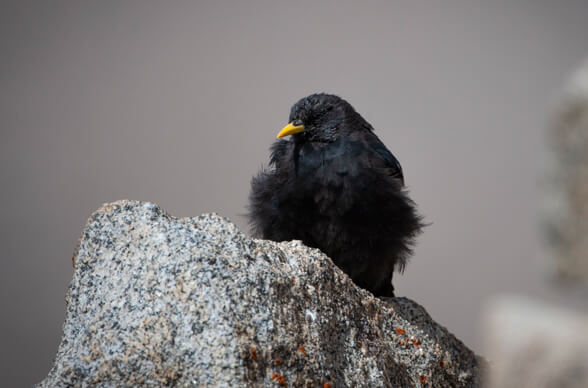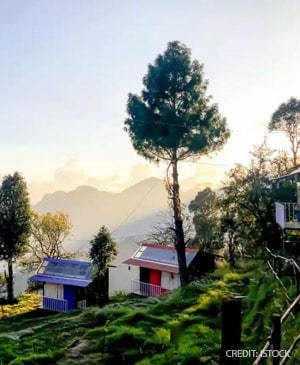India Birding Destinations
Geography and forces of nature conspire to make India a great biodiversity hotspot and one of the best birdwatching destinations in the world.
The Himalayas stand tall in the north like a sentinel. Every year, the mighty range traps the monsoon winds blowing in from the south and sustains the rainforests in its foothills. These rainforests, found in Northeast India and parts of North India, are superb habitats for a wide range of birds. The Northeast state of Assam alone is home to over 900 avian species, many of which can be spotted at the two UNESCO World Heritage Sites of Kaziranga National Park and Manas Wildlife Sanctuary. If that isn’t enough, Assam boasts India’s largest stretch of tropical lowland forests called Dehing Patkai and its namesake wildlife sanctuary. Our Assam Birding Tour covers it all.
To the north of Assam is the Himalayan state of Arunachal Pradesh, land of Buddhist monasteries, high mountain passes, sylvan valleys, and one of the best birding hotspots of India. It was at Arunachal’s Eaglenest Wildlife Sanctuary that the bird Bugun Liocichla was discovered not long ago. Rare Himalayan birds frolic at the heights of Mandala Pass, Sela Pass, Mayodia Pass and Mishmi Hills – birdwatching destinations that are part of our Arunachal Pradesh Birding Tours package. The neighbouring states of Meghalaya and Nagaland are relatively smaller in size but home to some unique bird species. The Khonoma Tragopan Sanctuary of Nagaland is particularly a favourite haunt of birders and a success story of wildlife conservation.
At the western end of the Himalayan arc in North India, one finds high-altitude lakes of Ladakh that are among the few breeding grounds in the world for Bar-headed Goose and Black-necked Crane. Our Ladakh Birding Tour unfolds at the elevations upwards of 4000 meters in an arid landscape and particularly targets high-altitude Himalayan birds. The Kashmir Birding Tour, though set in the Himalayas, has a contrastingly different backdrop of lush hills, verdant valleys and glassy lakes. A little way down, in the state of Uttarakhand, birding at Jim Corbett National Park and the hill stations of Pangot and Sat Tal reveals a different variety of winged stunners and also gives you a chance to go on tiger safaris.
The geography in west India is a study of contrasts. The Aravalli mountain range creates a rain-shadow region in western Rajasthan, but the eastern parts are green and dotted with beautiful lakes. Likewise, the Great and Little Rann of Kutch in Gujarat are vast marshy mudflats with sparse and scrubby vegetation, but the soil still yields Banni Grasslands and Khathiar-Gir deciduous forests to the east. All these are stomping grounds for hundreds of species of migratory birds that fly in from colder regions every winter. Our Rajasthan Birding Tour and Gujarat Birding Tour explore these very hotspots for what can be aptly called a spell-binding pageantry of avian beauties.
Down south, the Western Ghat mountains run parallel to Peninsular India’s coastline and cause abundant monsoon rains for four to five months every year. The vegetation in these parts is lush green and the soil is rich enough for several spice and tea plantations to thrive. Add to the picture the flatland forest of Thattekad Bird Sanctuary, situated at a fork in Kerala’s longest river, the Periyar, and you have the richest bird habitat of Peninsular India with many varieties of endemic birds. These are the targets of our Western Ghats Endemic Birding Tour.
Speaking of endemics, there are dozens to be found in the archipelago of Andaman and Nicobar Islands, hundreds of miles off the coast of mainland India. Geographic isolation of these isles has led to the evolution of several endemic bird species seen on remote birding trails of our Andaman and Nicobar Birding Tour. The pristine sea and beaches as an added bonus.
Check out all the birdwatching destinations of India below.














